
Single seeds exhibit transcriptional heterogeneity during secondary dormancy induction (Plant Physiol)
Secondary dormancy (SD) of seeds is a natural strategy that allows survival of the plant in environments with unfavourable climatic conditions. However, in Arabidopsis, a variance of dormancy depth in between identical seeds can be explained by population-based threshold models. This single-seed variability…

PIMT and ABI-TFs cascade mediates desiccation tolerance and longevity in rice seeds (Development)
The ABA INSENSITIVE (ABI) transcription factors (TFs) (ABI3, ABI4, ABI5) regulate DT and play essential roles during seed germination. Therefore, these TFs must be functionally protected during seed desiccation. Recalcitrant seeds are sensitive to desiccation, while orthodox seeds possess a remarkable…
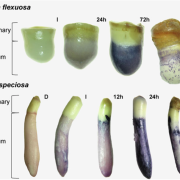
Oxidant system and ABA drive germination in seeds of palm species with differences in desiccation tolerance ($) (Seed Sci Res)
Palms are a taxonomically and ecologically diverse group. This wide variety is also reflected in their seeds, with their species showing all combinations of dormancy and desiccation tolerance behaviors. Yet, comparative studies of their germination physiology are relatively scarce. In this paper, Santos…
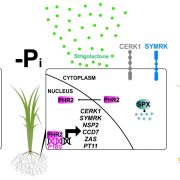
Plants’ PHR2-controlled phosphate starvation response regulates fungal symbiosis in rice (Nature Comms)
Plants’ interaction with microbes in the rhizosphere affects their health and productivity. Plant-arbuscular mycorrhiza (AM) fungi symbiosis is associated with almost 80% of land plants. The fungi provide phosphate, stress tolerance, and firmness to the soil in exchange for carbon. While low phosphate…
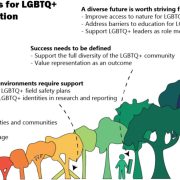
Inclusive restoration: Ten recommendations to support LGBTQ+ researchers in restoration science (Restoration Ecology)
Restoration ecologists seek to repair damaged environments, and as Toone et al. write, “the same principles that shape ecosystem restoration also provide a blueprint for cultivating inclusion in science”. Here, a group of mostly early-career restoration ecologists use their professional lenses and…
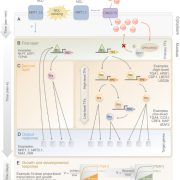
Review: Molecular regulators of nitrate response in plants (Curr. Biol.)
Nitrate is the major form of nitrogen used by plants in an aerobic crop cultivation scenario. Lamig et al. review recent additions to the already vast knowledge of nitrate signaling. A first line of regulation concerns nitrate uptake through post-transcriptional and post-translational regulation of nitrate…
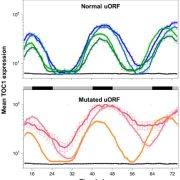
Upstream ORFs check undesired leaky protein translation and buffer noise (Nature Plants)
During my research journey, I have come across a handful of genes that are hard to express. Sometimes, even with a strong promoter and high transcript level, the protein level is negligible. We generally considered these proteins might be degrading very fast. But maybe not. A recent article by Wu et…

KIL1 terminates fertility in maize by controlling silk senescence (Plant Cell)
Each plant species has a defined window of time during which flowers can be pollinated in order to trigger fruit or seed development. After this time, unpollinated flowers undergo a form of senescence culminating in programmed cell death (PCD). A detailed understanding of this cell death process is thus…
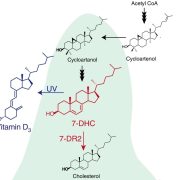
Biofortified tomatoes provide a new route to vitamin D sufficiency (Nature Plants)
Vitamin D deficiency in humans is correlated with malfunction of the immune system and inflammation together with cancer, Parkinson disease, depression, neurocognitive decline, dementia, and severe COVID-19 infection. In humans, exposure of the skin to UV light promotes the production of Vitamin D from…

